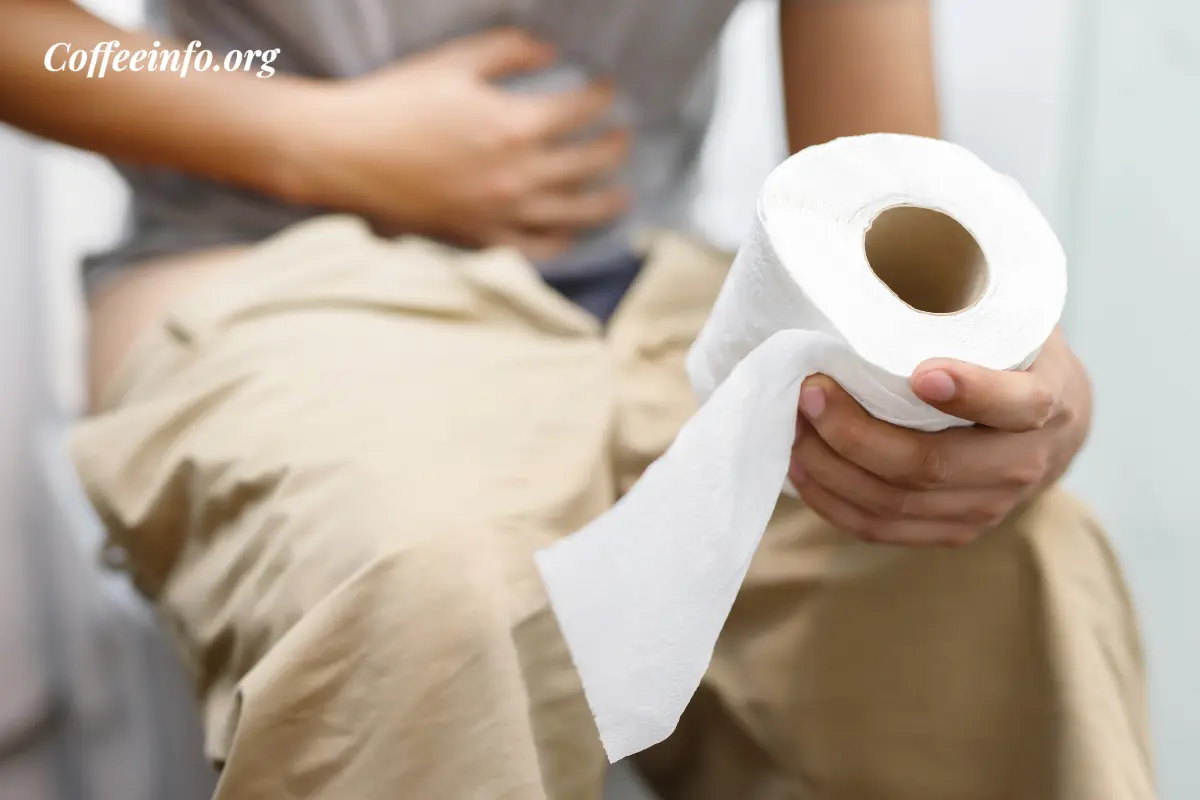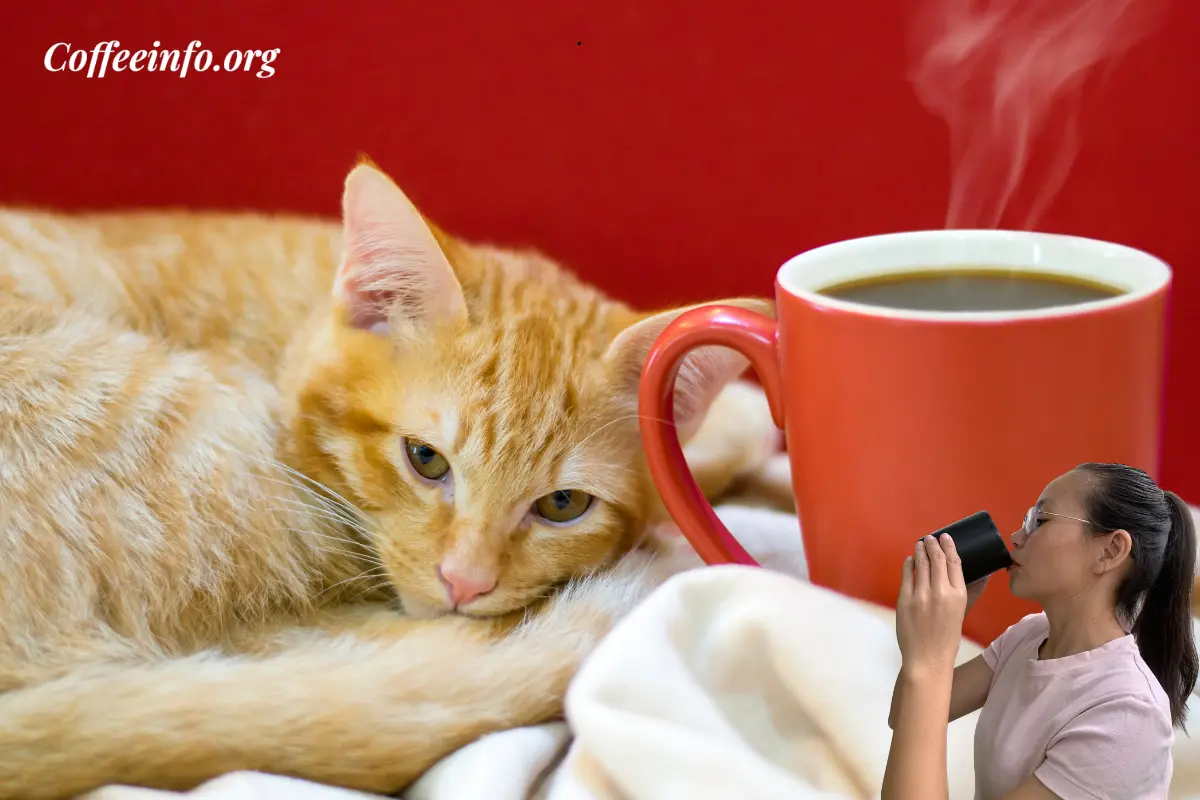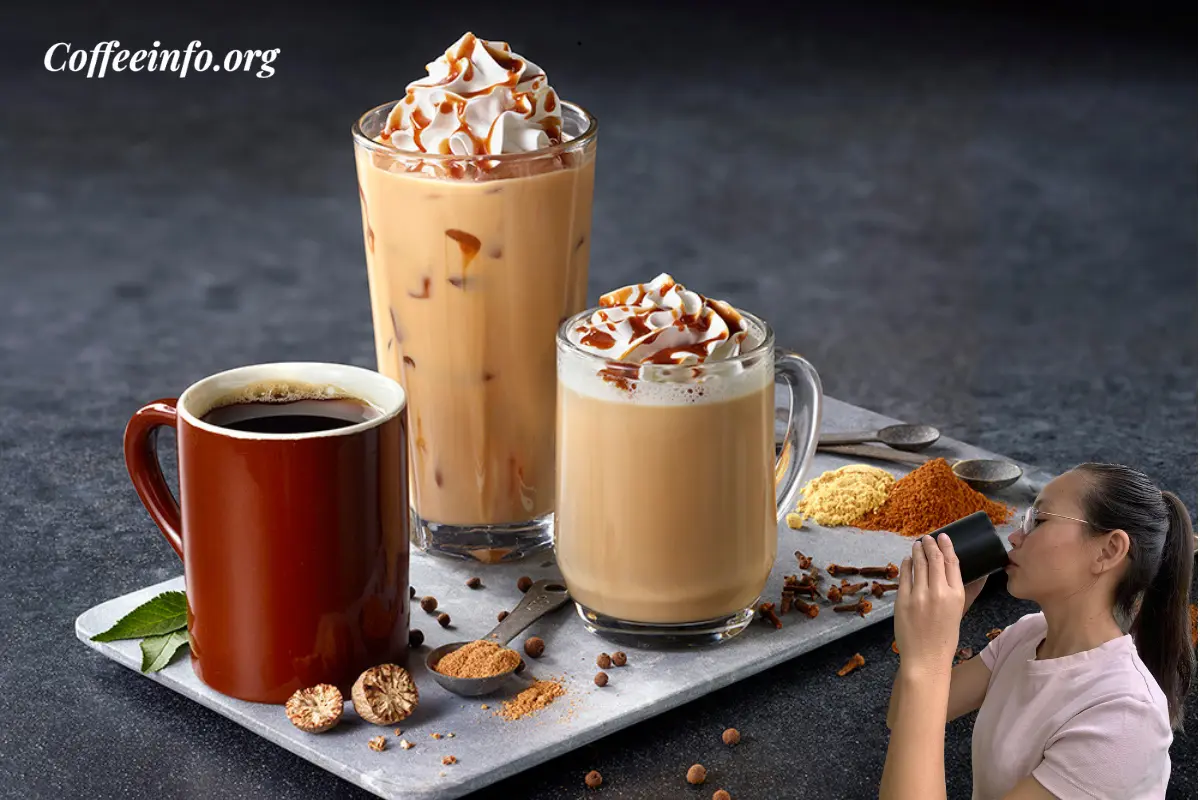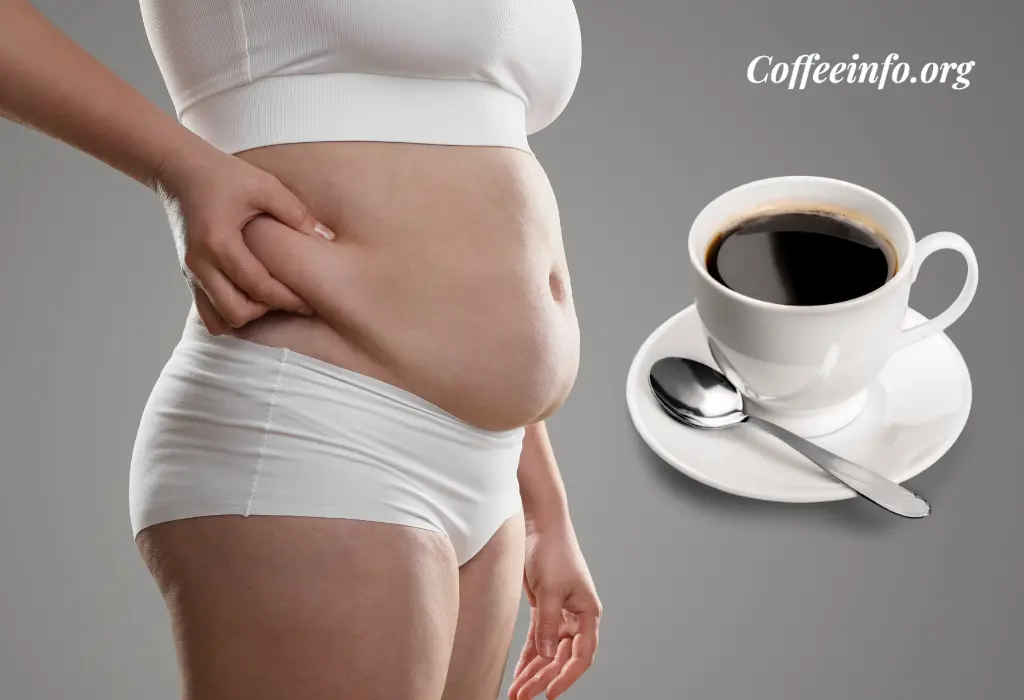Pour-over coffee is more than just a brewing method—it’s a ritual that brings out the intricate flavors and aromas of specialty coffee beans. For enthusiasts and newcomers alike, mastering pour-over brewing offers a rewarding journey into the world of manual coffee making. This comprehensive guide, designed for CoffeeInfo.org readers, will walk you through every step, answer your most pressing questions, and provide resources to deepen your coffee knowledge.
Table of Contents
What is Pour-Over Coffee?
Pour-over coffee is a manual brewing method where hot water is slowly poured over ground coffee in a filter, allowing gravity to draw the water through the grounds and extract flavors into a carafe or mug. Unlike automatic drip machines, pour-over brewing gives you full control over variables like water temperature, pouring speed, and extraction time, resulting in a cleaner, more nuanced cup.
Why Choose Pour-Over?
- Flavor Clarity: Highlights the unique notes of single-origin beans.
- Control: Adjust grind, temperature, and pouring technique for a personalized cup.
- Ritual: Engages you in the brewing process, making each cup a mindful experience.
Essential Equipment for Pour-Over Coffee
To achieve consistent, high-quality results, invest in the following tools:
- Pour-Over Dripper: Popular models include the Hario V60, Chemex, and Kalita Wave. Each offers unique flow rates and extraction profiles.
- Paper or Metal Filters: Use high-quality filters to avoid imparting off-flavors. Rinse paper filters before use to remove any papery taste.
- Gooseneck Kettle: Allows precise control over pouring speed and direction, essential for even extraction.
- Burr Grinder: Ensures a consistent grind size, which is crucial for even extraction.
- Coffee Scale: Measures coffee and water accurately, helping maintain consistent ratios.
- Timer: Tracks bloom and total brew time for repeatable results.
Step-by-Step Guide to Brewing Pour-Over Coffee
1. Prepare Your Equipment
- Place your dripper on a mug or carafe.
- Insert the filter and rinse it with hot water to preheat the brewer and remove paper taste. Discard the rinse water.
2. Measure and Grind Your Coffee
- Ratio: Start with a 1:15 to 1:16 coffee-to-water ratio (e.g., 15–20g coffee for 250–300ml water).
- Grind: Use a medium-fine grind, similar to table salt. Adjust finer or coarser to control brew time and extraction.
3. Heat Your Water
- Heat filtered water to 195–205°F (90–96°C).
- Use filtered water for best flavor; avoid distilled or heavily softened water.
4. Add Coffee to the Filter
- Pour ground coffee into the filter.
- Gently shake or tap to level the coffee bed for even extraction.
5. The Bloom
- Start your timer.
- Pour about twice the weight of your coffee in water (e.g., 30g water for 15g coffee) to saturate the grounds.
- Let it sit for 30–45 seconds. This releases trapped CO₂ and prepares the grounds for even extraction.
6. The Main Pour
- Continue pouring the rest of the water in slow, spiral motions, starting from the center and moving outward, then back to the center.
- Pour in stages (pulse pouring) or continuously, keeping the water level consistent but not overflowing.
- Aim to finish pouring by 2:00–2:30 minutes, with a total brew time of 3:00–4:00 minutes.
7. Drawdown and Serve
- Allow the water to drain completely through the grounds.
- Remove the dripper, discard the filter and grounds (compost if possible), and enjoy your coffee.
Advanced Techniques
- Pulse Pouring: Pour water in several stages to prevent channeling and promote even extraction.
- Agitation: Swirl or gently stir the slurry during brewing to break up clumps and ensure all grounds are saturated.
- Experimentation: Adjust grind size, water temperature, and pouring technique to match your taste preferences and different coffee beans.
Frequently Asked Questions (FAQs)
What is the ideal coffee-to-water ratio for pour-over coffee?
A 1:15 to 1:16 ratio (1 gram of coffee to 15–16 grams of water) is recommended for balanced extraction. For example, use 20g coffee with 300ml water847.
What grind size should I use for pour-over?
A medium-fine grind, similar to table salt, is ideal. Finer grinds slow down extraction, while coarser grinds speed it up265.
Why should I rinse the paper filter?
Rinsing removes paper flavors and preheats the dripper, ensuring a cleaner-tasting cup267.
How important is water temperature?
Water between 195–205°F (90–96°C) extracts the best flavors. Too hot can cause bitterness; too cool leads to under-extraction67.
How long should the total brew take?
Aim for a total brew time of 3–4 minutes. Adjust grind size or pouring speed to stay within this window25.
What is the “bloom” in pour-over coffee?
The bloom is the initial pour that saturates the grounds and releases trapped CO₂, allowing for more even extraction and better flavor27.
Can I use any coffee beans for pour-over?
Yes, but pour-over brewing is especially suited for highlighting the unique flavors of single-origin or specialty beans14.
What’s the difference between pour-over and drip coffee?
Pour-over is a manual process that allows more control over brewing variables, resulting in a more nuanced cup. Drip coffee is automated and less customizable1.
Do I need a gooseneck kettle?
While not strictly necessary, a gooseneck kettle offers superior control over pouring, which is crucial for even extraction and consistent results65.
Tips for Perfecting Your Pour-Over
- Use freshly roasted, high-quality beans for the best flavor.
- Grind just before brewing to preserve aromatics.
- Keep your equipment clean to avoid stale flavors.
- Experiment with different beans, ratios, and pouring techniques to find your ideal cup.
Pour-Over Coffee vs. Other Brewing Methods
| Feature | Pour-Over | Automatic Drip | French Press |
| Control | High | Low | Medium |
| Flavor Clarity | Excellent | Good | Full-bodied, less clear |
| Brew Time | 3–4 minutes | 5–10 minutes | 4–5 minutes |
| Ease of Use | Moderate (manual) | Easy (automatic) | Easy |
| Batch Size | 1–2 cups (typical) | Multiple cups | Multiple cups |
Resources and Further Reading
- National Coffee Association: Pour-Over Coffee
- Serious Eats: How to Make the Best Pour-Over Coffee at Home
- Counter Culture Coffee: Guide To Pour-Over Coffee
- Tank Coffee: Perfect Pour Over Coffee Guide
- Daily Grind Coffee: Master Pour-Over Coffee
Mastering the Art of Pour-Over Coffee: Final Thoughts
Mastering pour-over coffee is a journey of precision, patience, and personal taste. By understanding each variable—from grind size to pouring technique—you can unlock the full potential of your favorite beans and enjoy a cup that’s tailored to your preferences. CoffeeInfo.org encourages you to experiment, refine your process, and savor the ritual of manual brewing. With practice, you’ll not only brew exceptional coffee but also deepen your appreciation for the craft behind every cup.







Leave a Reply